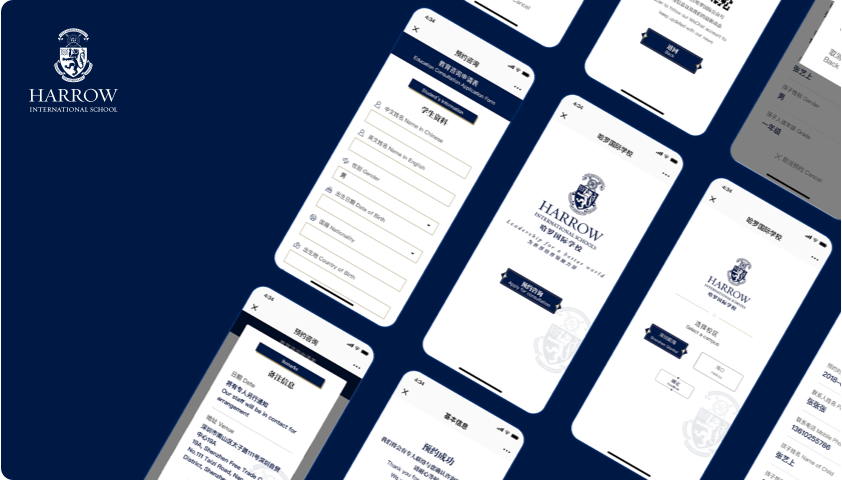MRT为企业互联网+ 赋能
What is a SAAS management system and how to develop one
Nowadays, enterprises are increasingly valuing information management and improving efficiency, so the emergence of SAAS management systems provides them with an efficient and flexible solution. The SAAS management system, as a cloud based management system, allows users to access and use the management system anytime and anywhere through the internet, without the need to purchase, install, and maintain hardware and software. Today, Guangzhou Mingruixundong Company will discuss with you what the SAAS management system is? How can we develop a SAAS management system?

1、 What is the SAAS management system?
The SAAS management system is an application software based on cloud computing mode. It provides an online platform that is available to users through the internet, without the need for installation or maintenance, and can be accessed through a browser. Enterprises can use it to manage various tasks within the company, such as project management, customer relationship management, human resource management, etc. It can provide services to multiple users simultaneously and adopts a subscription model. Enterprise users choose different functional modules based on their needs each month or year to pay a certain fee. In addition, the SAAS management system is maintained and upgraded by the supplier, and users do not need additional software updates and server maintenance work, which to some extent reduces user management costs. Compared with traditional local applications, SAAS management systems have advantages such as scalability, maintainability, and ease of deployment and management.
2、 How to develop a SAAS management system?
Requirement analysis: Before developing a SAAS management system, it is necessary to have in-depth communication with potential customers and users to understand their business needs and expectations, including functional modules, user roles, interface design, etc. For example, it may be necessary to support functions such as multi tenant management, user permission control, order management, and payment settlement.
2. Design system architecture: Based on the requirements analysis results of the SAAS management system, design the overall architecture of the system. This includes front-end interface, back-end API design, and database design.
3. Development Technology Selection: Next, you need to choose appropriate development technologies and frameworks, such as React, Vue, or Angular for front-end development, and Java, Python, or Node.js for back-end development. In addition, there are databases that can choose from MySQL, MongoDB, etc.
4. Development of functional modules: Develop various functional modules of the SAAS management system. This includes user management templates (supporting multi tenant management, each tenant can independently manage their user information), project management modules (supporting project creation, progress management, task allocation and other functions, facilitating team collaboration and project management), task management modules (supporting task creation, assignment, execution, completion and other functions, facilitating standardized workflow management) Log management module (recording system operation logs, exception logs, etc. for easy problem tracking and security auditing).
5. Integrated third-party services: In addition, the development of SAAS management systems also requires the selection of integrated third-party services such as message push, payment, and file storage to provide more comprehensive functions.
6. System deployment: When the development of the SAAS management system is completed, functional testing and performance optimization are required. Subsequently, it can be deployed to the cloud or server, ensuring that users can access and use the system anytime, anywhere.
7. Release and launch: After all the above thorough testing and preparation, the SAAS management system can be released and launched. Users can be invited to try it out and collect feedback.
8. Continuous operation and maintenance: After the development of the SAAS management system is completed and put into use, the system should be continuously operated and maintained, and the system should be optimized and updated in a timely manner based on user feedback and business development needs to ensure stable operation of the system. It is also necessary to promptly solve the problems encountered by users during use.
In summary, developing a SAAS management system requires a deep understanding of user needs, including designing system architecture, selecting appropriate technology stacks, determining development functional modules, and integrating third-party services. And during the development process, we continuously collect user feedback, conduct data analysis and competitor analysis, and regularly update and optimize the system. Only in this way can an excellent SAAS management system be successfully developed, providing enterprises with more efficient and convenient management solutions.























